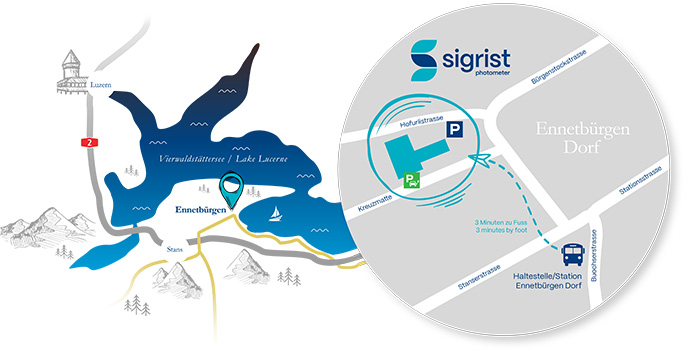When determining the turbidity value by measuring the intensity of scattered light, the wavelength of the light used has a certain influence in addition to the number of particles, their particle size and the refractive index.
The intensity of scatter Isc on the one hand depends on the scatter function S, which in turn only depends on the ratio of the diameter d and the wavelength λ, and, on the other hand, increases with the square of the wavelength:
$I_{sc} = \lambda^{2} \cdot S \left( \frac{d}{\lambda} \right)$
The general tendency is as follows: the intensity of scattered light decreases with increasing wavelength, as can be taken from Figure 56. Since the typically used range of wavelength is not very large (400–900 nm) and, in addition, the factor λ2 has a balancing effect in the above equation (λ is in the numerator and the denominator), the intensity of scatter is not strongly influenced by the wavelength.
The scatter function S also depends on the particle diameter d. The wavelength dependency of smaller particles is stronger, however, their dependency is not extremely strong provided their diameter and their wavelengths are similar (d ≈ λ). One exception are very tiny particles (d << λ) as their scattering potential decreases by 1/λ4 in accordance with the Rayleigh scatter.

Fig. 56: Intensity of scatter (A) as a function of the wavelength λ for 2 particle sizes of SiO2 (1000 ppm, 90°, n=1.48 in water, log. norm. σ=0.6)

